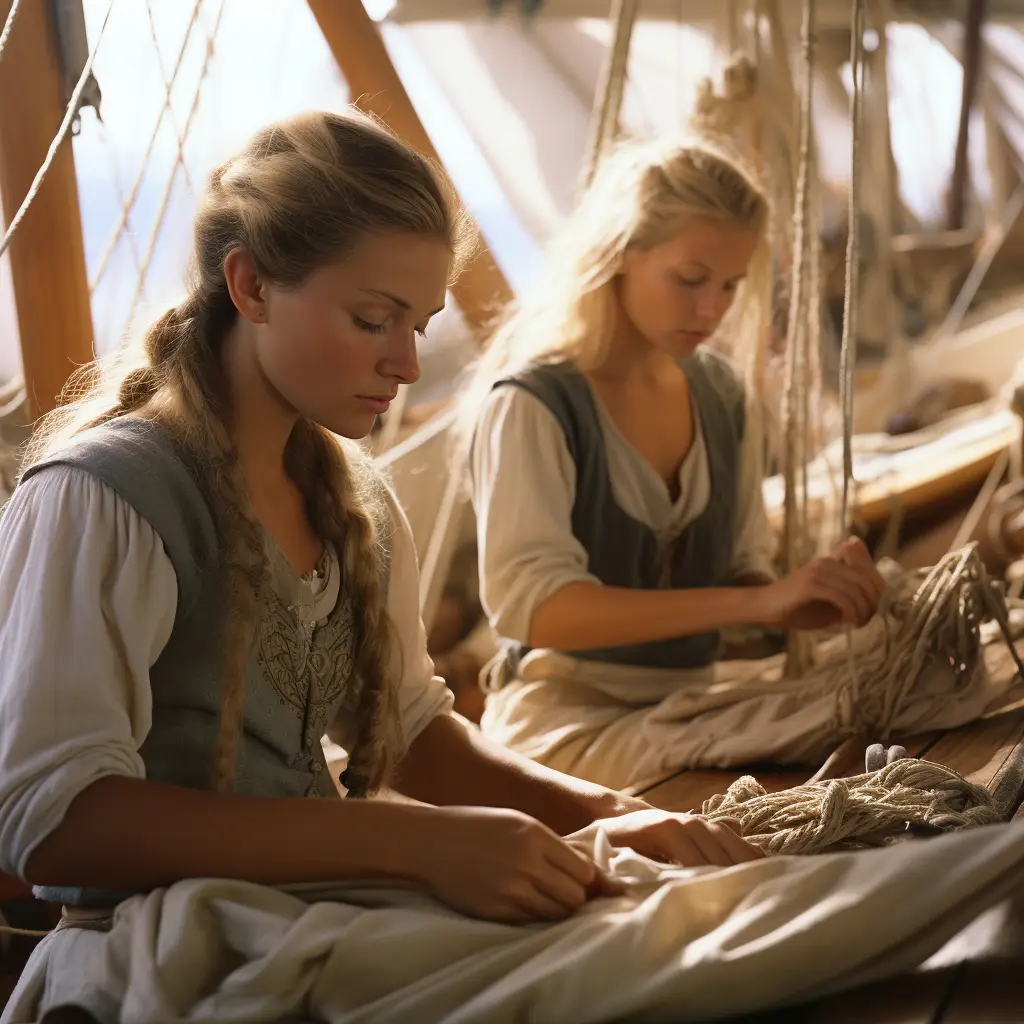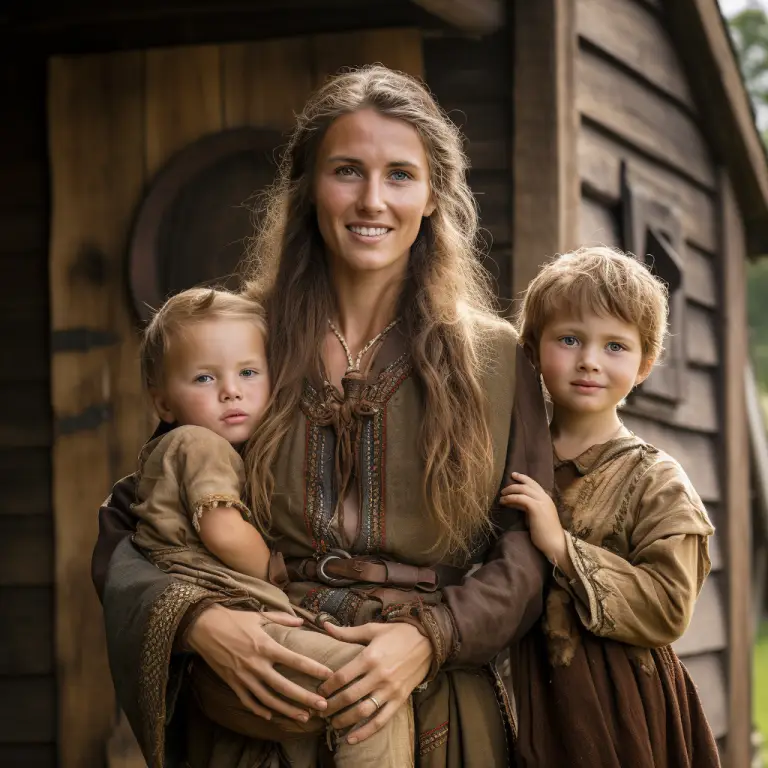In Viking society, both men and women played important roles, although their roles were often defined by traditional gender norms of the time. While men were typically involved in activities like farming, trading, and raiding, women were responsible for managing household affairs, including caring for children, preparing food, and maintaining the home.
However, it’s crucial to note that historical records on Viking women are limited, and much of what we know is inferred from archaeological findings, sagas, and other historical sources. Some women in Viking society did engage in activities outside the home, such as textile production, crafting, and even participating in trade and commerce. Additionally, in times of conflict, women could also take on more active roles in defending their communities.
Viking women were not confined to a single stereotypical role, and their contributions to daily life and society were more diverse than often portrayed. While they may not have enjoyed the same legal rights as men, their influence and impact on Viking communities were significant.
In Viking society, women did not have the same legal rights as men, and their roles were generally defined by traditional gender norms. However, it’s essential to recognize that the concept of rights in the modern sense did not exist in the same form during the Viking Age.
In some cases, women had the opportunity to inherit property and hold positions of influence within their families.
While women in Viking society were not granted the same legal rights as men, their roles were diverse and, in some cases, allowed for a degree of autonomy and influence. It’s important to approach the understanding of Viking women’s lives with a nuanced perspective, considering the limitations of historical records and the complexity of societal structures during that time.

